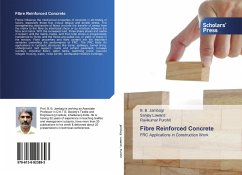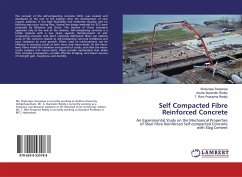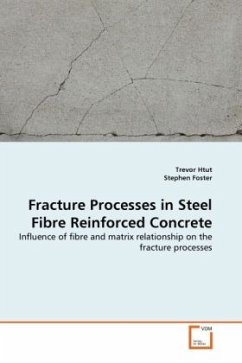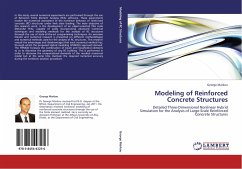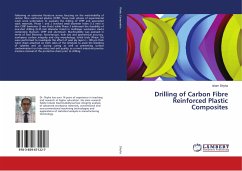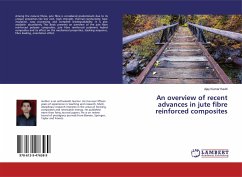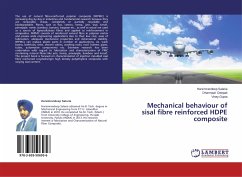Fibres influence the mechanical properties of concrete in all modes of failure, especially those that induce fatigue and tensile stress. The strengthening mechanism of fibres involves the transfer of stress from the matrix to the fibre by interfacial shear or by interlock between the fibre and matrix. With the increased load, fibres share stress and matrix in tension until the matrix cracks, and then total stress is progressively transferred to fibres until the fibres are pulled out, or yield, or break in the tension. Fibre properties and fibre content are the important variables controlling the performance of FRC. The FRC finds it's applications in hydraulic structures like dams, spillways, tunnel lining, underground roof support, roads and airfield pavement, runways overlays, industrial floors, water tanks, swimming pools, low-cost refugee housing, pipes, noise barrier, earthquake-resistant buildings.
Bitte wählen Sie Ihr Anliegen aus.
Rechnungen
Retourenschein anfordern
Bestellstatus
Storno

